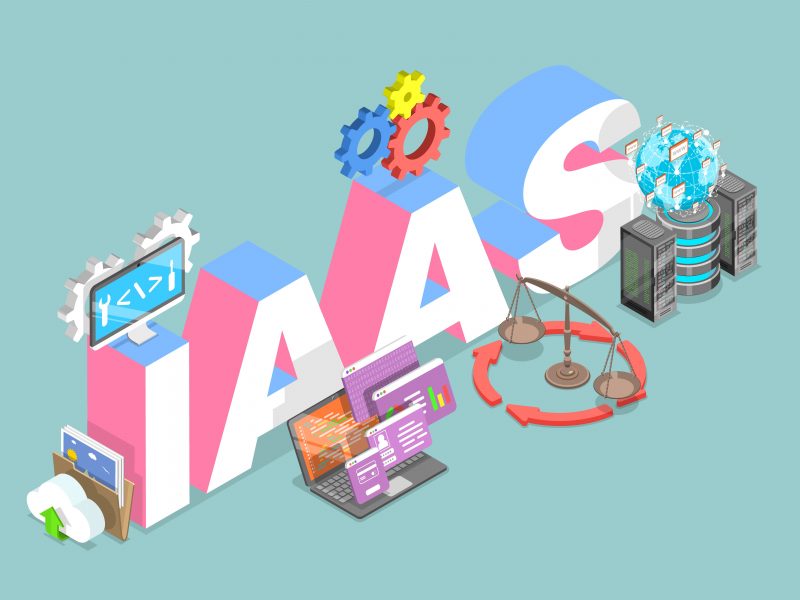Welcome to our blog post on Source Code Management: The Key to Code Collaboration. In today’s fast-paced tech world, collaboration is essential for software development teams to create successful and efficient projects. At the heart of this collaboration lies source code management.
Source code management refers to the tools, processes, and systems that enable developers to track changes made to their codebase, collaborate with team members seamlessly, and maintain a version history of their work. It plays a crucial role in ensuring smooth teamwork and enhances productivity by streamlining the development process.
Definition and Importance of Source Code Management
Source code management, or version control or revision control, is a vital component of software development. It refers to the practices and tools developers use to manage changes made to their source code throughout the development lifecycle. By utilizing source code management systems such as Git, Mercurial, or Subversion, teams can effectively collaborate on projects and ensure that all changes are correctly tracked.
The importance of source code management cannot be overstated. One key benefit is its ability to provide a centralized repository for storing and organizing all versions of the project’s source code. This means that developers have access to a complete history of changes made over time and can quickly revert if needed. It also allows different team members to work concurrently on various features or bug fixes without fear of conflicting with each other’s work.
Another crucial aspect is collaboration facilitation. Source code management enables seamless collaboration among team members regardless of their physical location or time zone. Developers can clone repositories, make edits locally, and then push those changes back into the central repository for others to see and incorporate into their work.
History
Source Code Management (SCM) has a rich history that spans several decades. It can be traced back to the early days of software development when programmers realized the need for a system to manage and track changes in their code.
In the 1970s, as software projects became more complex and involved multiple developers working on different parts of the code, version control systems were developed. These early systems allowed developers to keep track of different code versions and collaborate more effectively.
One significant milestone in SCM history was the creation of the Concurrent Versions System (CVS) in the 1980s. CVS introduced the concept of branching and merging, allowing teams to work on different features simultaneously while keeping their changes separate until ready for integration.
As technology advanced, so did SCM systems. In the late 1990s, distributed version control systems like Git emerged. Unlike centralized systems like CVS or Subversion, Git allows each developer to have their local copy of the entire project’s history. This decentralized approach made collaboration even more accessible by enabling parallel development and reducing dependencies on central servers.
Today, SCM is an essential part of software development workflows across industries. With cloud-based solutions like GitHub and Bitbucket offering seamless collaboration capabilities, developers worldwide can work together efficiently regardless of physical location or time zone.
Evolution of Source Code Management Systems
The evolution of source code management systems has seen remarkable advancements. From simple version control tools to sophisticated collaboration platforms, these systems have played a crucial role in streamlining software development processes and promoting effective code collaboration.
In the early days, developers relied on basic file-based version control systems. These systems allowed them to track changes made to individual files but lacked comprehensive features for team collaboration. As organizations grew and projects became more complex, there arose a need for more robust solutions.
Enter centralized version control systems (CVCS), which enable teams to store their code repositories on a central server. Developers could now access and modify files simultaneously while maintaining version history and managing conflicts efficiently.
Structure
Regarding source code management, having a solid structure in place is crucial for effective collaboration. A well-organized system allows developers to easily track changes, manage versions, and work together seamlessly.
The fundamentals of source code management revolve around creating a logical structure that reflects the project’s hierarchy. This includes organizing files and folders in a way that makes sense for the development team. By implementing consistent naming conventions and directory structures, it becomes easier to locate specific files and understand their purpose.
Fundamentals of Source Code Management
Effective source code management is crucial for any development team working on collaborative projects. It allows multiple developers to work on the same codebase simultaneously, ensuring that changes are tracked and coordinated seamlessly. But what exactly are the fundamentals of source code management? Let’s dive in!
First and foremost, version control lies at the heart of source code management. Version control systems (VCS) enable developers to track changes made to their code over time. By maintaining a detailed history of modifications, VCS allows teams to revert to previous versions if necessary or merge different branches effortlessly.
Specialized Strategies
When it comes to code collaboration, various specialized strategies can enhance the effectiveness of source code management. These strategies go beyond basic version control and aim to optimize workflows and improve team productivity. Let’s explore some advanced techniques for code collaboration.
1. Branching: Branching allows developers to create separate copies of the codebase, enabling them to work on different features or bug fixes simultaneously without interfering with each other’s progress. This strategy helps prevent conflicts and provides a controlled environment for experimentation before merging changes into the main branch.
2. Code Reviews: Conducting regular code reviews is an essential practice in collaborative coding environments. It involves having peers review each other’s code to identify errors, suggest improvements, and ensure adherence to coding standards. Code reviews not only enhance the quality of the software but also foster knowledge sharing among team members.
3. Continuous Integration (CI): CI is a development practice that regularly integrates code changes from multiple contributors into a shared repository. Automated tests are then executed against these integrated changes, allowing teams to detect issues early in the development cycle and maintain a stable build.
4. Issue Tracking: Using issue tracking tools or project management systems enables teams to track bugs, feature requests, and tasks related to specific pieces of source code easily. This strategy promotes transparency by providing visibility into ongoing work and facilitates effective communication between team members working on different aspects of a project.
5. Collaboration Tools: Utilizing specialized collaboration tools such as chat platforms, video conferencing software, or virtual whiteboards can greatly facilitate real-time communication between developers working on the same piece of source code.
Advanced Techniques for Code Collaboration
Regarding code collaboration, several advanced techniques can significantly enhance the efficiency and effectiveness of your development team. These techniques go beyond basic source code management and enable seamless cooperation between developers, resulting in faster development cycles and higher-quality code.
One such technique is branch-based workflows. Branching allows developers to work on separate features or bug fixes without interfering with each other’s code. By creating branches for specific tasks and merging them back into the central unit once completed, teams can avoid conflicts and easily manage multiple work streams simultaneously.
Source-Management Models
When it comes to source code management, there are several different models that teams can adopt for effective code collaboration. Let’s explore some of these models in more detail.
1. Centralized Version Control System (CVCS): This model involves a central server where all the source code is stored and managed. Developers check out files from this central repository, make changes locally, and then commit them back to the main server. Examples of CVCS include Subversion (SVN) and Perforce.
2. Distributed Version Control System (DVCS): Unlike CVCS, DVCS does not rely on a central server alone. Each developer has a local copy of the entire project repository, allowing them to work independently without needing constant access to a network connection or the central server. Git and Mercurial are famous examples of DVCS.
3. Branching Model: This model allows developers to create separate branches within the version control system for different features or bug fixes they are working on. It enables parallel development by keeping changes isolated until they are ready to be merged back into the main branch.
4. Forking Model: In this model, developers create their independent copy (“fork”) of a project’s repository on an online platform like GitHub or Bitbucket before making any changes or contributions. They can then propose these changes through pull requests, which undergo review before being merged into the original project.
5. Shared Repository Model: Unlike forking, this model allows multiple developers with write access to collaborate directly within a shared repository without creating individual forks for each contributor.
Tips for Effective Code Collaboration
Collaboration is key when it comes to developing code. Working together efficiently and effectively can make or break a software project. Here are some tips to help you achieve effective code collaboration:
1. Communication is crucial: Clear and open communication among team members is essential for successful collaboration. Regularly update each other on progress, challenges, and ideas. Use tools like chat platforms or project management systems to facilitate communication.
2. Define coding standards: Establishing coding standards ensures consistency across the entire codebase. This makes it easier for team members to understand and work with each other’s code. Document the bars in a style guide so that everyone has access to them.
3. Version control: Utilize source code management systems like Git or Subversion for version control purposes. This allows multiple developers to work on different branches simultaneously without affecting the central unit until changes are ready to be merged.
4. Peer review your code: Encourage peer reviews as part of your development process before merging any changes into the main branch. This helps catch errors, improves overall quality, and promotes knowledge sharing within the team.
5. Testing and automation: Implement automated testing processes such as continuous integration (CI) pipelines or unit tests that ensure new changes don’t introduce bugs into existing functionality.
Conclusion
In today’s fast-paced software development world, source code management is essential for smooth collaboration. It provides the tools and techniques for efficient codebase tracking, fostering teamwork and productivity. With principles like versioning and branching, it serves as a solid foundation. Teams can customize their approach with strategies like trunk-based development or feature branching, while advanced techniques like pull requests enhance collaboration quality. Understanding centralized and distributed models is critical, and clear communication and guidelines are vital for successful implementation.


